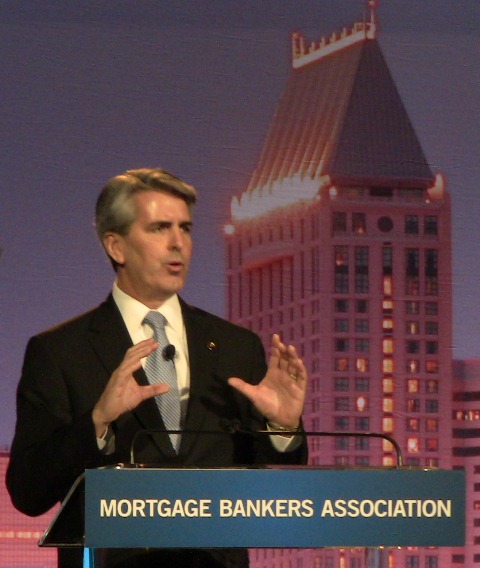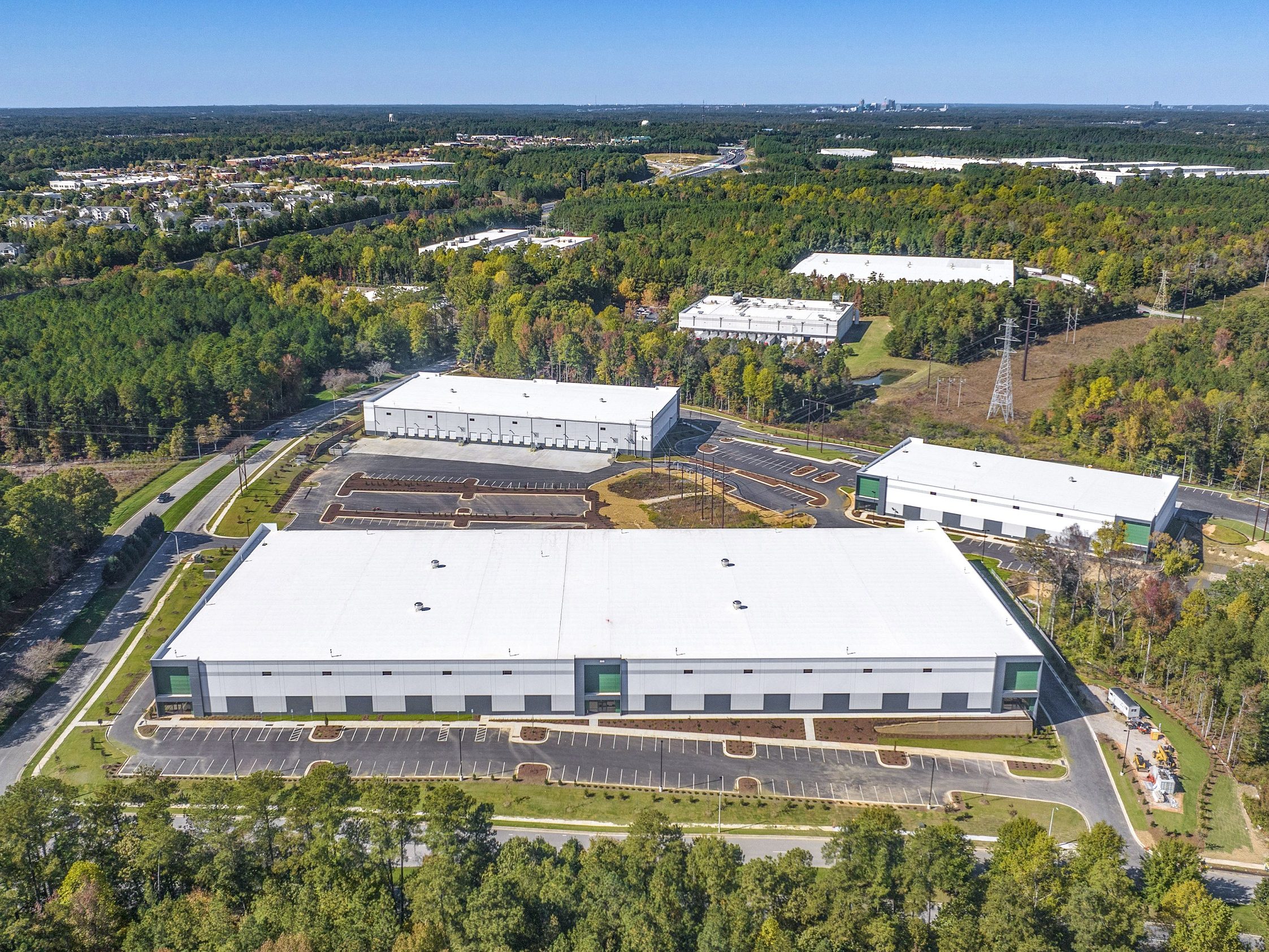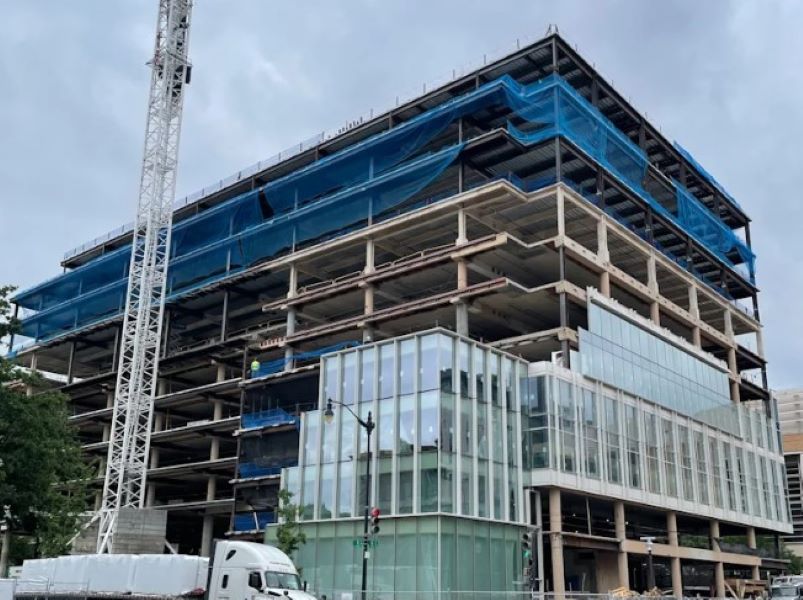SPECIAL REPORT: Liquidity Returns to Commercial Real Estate
The commercial real estate financing industry cautiously greeted the rapid return of liquidity into the sector during the Mortgage Bankers Association’s 2013 Commercial Real Estate Finance/Multifamily Housing Convention & Expo.
By Keat Foong, Finance Editor
The low-interest-rate environment is driving the demand for relatively higher-yielding commercial real estate loans, and the commercial real estate financing industry cautiously greeted the rapid return of liquidity into the sector during the Mortgage Bankers Association’s (MBA) 2013 Commercial Real Estate Finance/Multifamily Housing Convention & Expo. The exposition opened on Monday with a record attendance level of about 2,600.
“As the year begins, we can see positive momentum,” said Debra W. Still, 2013 MBA chairman, at the opening session. “Commercial and multi-family real estate finance has enjoyed a relative calm amidst the storm.” Still, she noted favorable conditions for both financing and commercial real estate–interest rates are lower than ever before, and yields and cap rates remain attractive relative to those of other investments. “Multi-family markets have arguably never been stronger, and office and retail markets offer plenty of upside.” Still cited, however, challenges to the commercial property sector including the European sovereign crisis and federal deficit, and she referred to the current “artificially low” interest rates.
“You feel good about the business environment, and you should,” said David Stevens, MBA president and CEO, in addressing attendees during the opening session. Stevens said that delinquencies are at the lowest level since 2009, the $2.4 trillion in mortgage outstanding is increasing, and CMBS issuance is expected to grow this year to $65 billion from $45 billion last year. “This really reflects the demand and recovery on the private capital side.” Life insurance companies and banks, meanwhile, are also looking to retain mortgages, he said.
On the other hand, although the low interest rates provide many benefits, Stevens said, capital is struggling to obtain concurrently desirable yield levels and asset quality in the low-yield environment.
One fear among market participants is that debt investors’ bid for the relatively higher returns offered by commercial property could lead to lower underwriting standards and a weakened CMBS sector—all too soon–as lenders compete for the same deals.
Debt investor groups across the board are generally said to be increasing their appetites for commercial loans this year. CMBS and bank financing has returned to the market, while life insurance companies and the GSEs are expected by many industry players to maintain if not increase the dollar amounts of their financings in 2013. Fannie Mae closed 2012 with $33.8 billion in multi-family financings, while Freddie Mac announced $28.8 billion in new multi-family volume for the same year.
A key driver of increased liquidity for the overall commercial property sector has been the recovery in demand among investors for CMBS. “Sustained bond market rally in the second half of 2012 has helped drive down funding costs, enabling CMBS lenders to reduce rates charged to borrowers,” stated Jones Lang LaSalle in a press release.
In the session “The Search for Yield,” moderator E.J. Burke, executive vice president and group head of KeyBank Real Estate Capital, commented that it appears “there is far more capital chasing for a home than there are good deals.”
“A lot of this has come back too quickly. We are concerned about how fast things have moved in terms of risk tolerances,” said Kevin Riordan, president, CEO and director of CreXus Investment Group. “I can’t answer if $100 billion is a normal market [for CMBS financing], but I think we are getting there too quickly.” Riordan also said that the “creep” over time of lenders institutions to the secondary market has already turned into a “herd.”
Life companies are still under-allocated to the multi-family sector in the billions, estimated Brian Casey, managing director and head of real estate debt strategies of MetLife Inc., in responding to a question about how much financing life companies would execute under ideal circumstances.
And Diana Reid, executive vice president of PNC Real Estate, said that banks have resolved their balance sheet issues and become more competitive in multi-family construction financing in the fourth quarter. As a result “there are more lenders looking for the same deals,” she said. Still, pricing, rather than recourse, remains the point of competition.
There were also questions raised about the self-regulation of CMBS and whether B-piece buyers are holding onto the risks rather than selling them. “I do not believe we are at CMBS 2.0,” said Reid, referring to the new, safer regime of CMBS that will prevent a repeat of 2007. Reid noted the Dodd-Frank risk retention regulations are yet to be released.
MBA announced this week that it forecasts commercial multi-family mortgage originations to increase by 11 percent to $254 billion in 2013 from 2012. Commercial and multi-family mortgage originations jumped by 49 percent in the fourth quarter compared to the same quarter in 2012.
By investor type, the dollar volume of loans in the fourth quarter of 2011 compared to the same period in 2011 rose by 228 percent for CMBS, 68 percent for commercial bank portfolio loans, 51 percent for GSEs and 18 percent for life insurance companies. For the entire year, originations in 2012 rose by 24 percent, MBA reported.
JLL said it expects capital availability to drive transaction volume increases of 15 to 20 percent in 2013. “Competition for core product is opening up attractive opportunities for borrowers,” it stated, and that JLL’s capital markets experts are “seeing a variety of aggressive debt structures,” on core products such as debt yields between 8 and 10 percent and DSC ratios of 1.15 to 1.35.
While making possible many deals and rescuing mortgages from default, the extremely low interest rates also introduce another point of concern: refinancing risk in the future when and if interest rates should increase again, and many speakers referred to that risk. Financed at extremely low interest rates, properties may have difficulty finding refinancing if interest rates rise significantly in future, especially if they have not amortized, or property values do not rise, adequately.
The longer the low interest rates persist, the greater the buildup of stress, said Sally Gordon, managing director, Risk and Quantitative Analysis Group, of BlackRock, Gordon presented a general session on portfolio diversification strategy.
The seeming lack of euphoria among lenders despite the return of liquidity could also be attributed perhaps to the recognition that the abundance of capital, especially that slushing in the CMBS markets, could disappear overnight and be affected by both foreign and domestic developments, as has happened in recent memory. “Liquidity can evaporate faster than you even thought possible,” commented Gordon.
The potential volatility of the capital markets tied in with the life lessons of guest speaker John Bucksbaum, founder of Bucksbaum Retail Properties LLC. Bucksbaum recounted his experiences with the financial crisis in the late-2000s as former CEO of retail giant General Growth Properties (GGP). One of his biggest mistakes, where the GGP bankruptcy was concerned, was to allow mortgage maturities to compress in the same time period, said Bucksbaum. The second mistake, in view of the fact that liquidity could disappear very quickly, was to not raise equity when there was the opportunity, and to wait for higher stock prices before making a stock offering for the public company. “You don’t always know when you can raise equity. The day may come when “you need equity, and you don’t have it,” said Bucksbaum.
And as Gordon said, once liquidity dries up, it may be too late to mitigate the risk.
Like us on facebook: https://www.facebook.com/pages/Commercial-Property-Executive/258033884191








You must be logged in to post a comment.